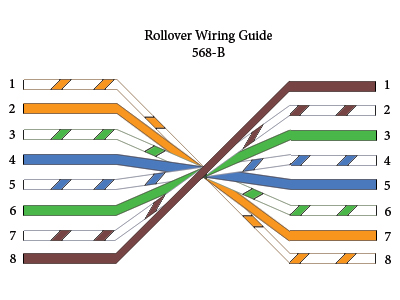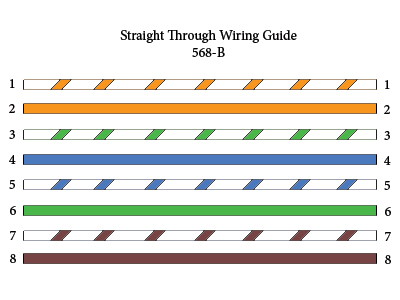Has anyone experimented with making their own extension cable from radio to head for the FTM350 or similar radios? It uses a UTP 8 pin type connector and all 8 wires. The stock cable is simply wired with all 8 wires from connector to connector and no crossover. I tested it with a network cable tester.
Could you use Cat 5 or 6 cable to extend these connections?
I have the wiring in my car from an old Icom 642 installation. It used UTP connectors and 8 wire cable for the mic from radio to a connection block mounted up from. I scoped this out with the network tester and all 8 wires are good and wired without any crossover. I was thinking of trying this for the FTM350AR. It would sure save some installation time.
Could you use Cat 5 or 6 cable to extend these connections?
I have the wiring in my car from an old Icom 642 installation. It used UTP connectors and 8 wire cable for the mic from radio to a connection block mounted up from. I scoped this out with the network tester and all 8 wires are good and wired without any crossover. I was thinking of trying this for the FTM350AR. It would sure save some installation time.


